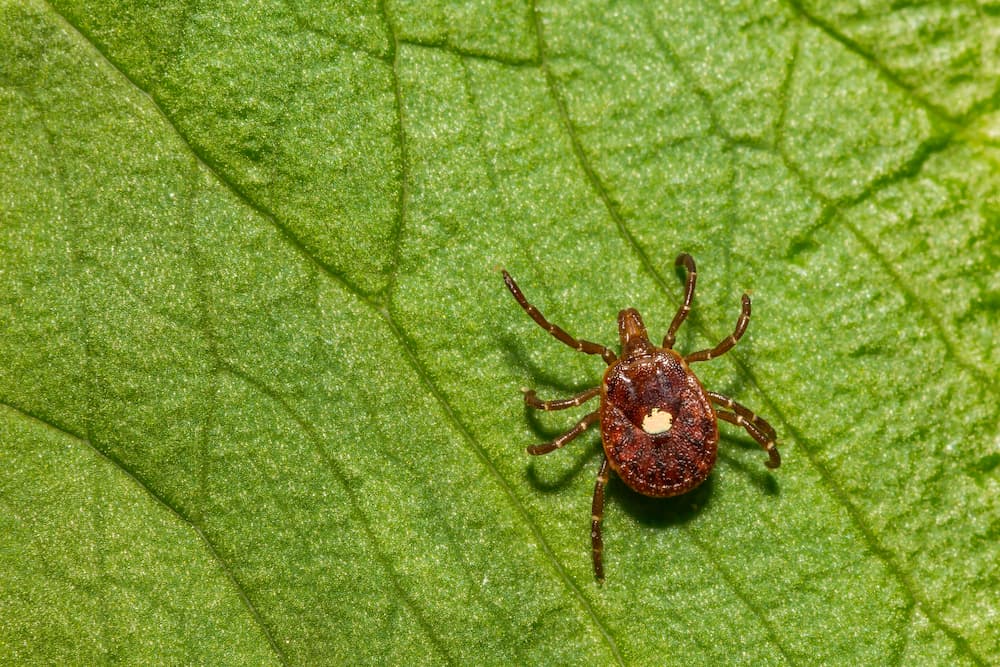What Do Ticks Look Like

Ticks are tiny little pests that hang out in wooded and grassy places during the spring and summer. Because there are so many species of ticks, you can find them just about anywhere in the United States, and they can even be active during the winter months. Although they’re very small, a tick’s bite can cause serious health problems. We want you to feel safe here in Suffolk County, where the tick population is larger than usual this season, so the Mosquito Brothers are here to answer common questions like, “What do ticks look like?” and “How to tell if the tick head is still in my skin?” That way, if you get a tick bite, you’ll know when to worry so you can seek medical attention.
What do Ticks Look Like?
So, what do ticks look like? These tiny arachnids have eight little legs and reddish-brown or black bodies. Some species, like the lone star tick, may also have markings on their backs. Ticks can range in size from a pencil eraser to the tiny head of a pin, making them difficult to spot on your arms and legs, and especially on your pet. Often, a person may not even notice a tick until it has been attached to their skin for several days.
After a tick has detached from your skin, the bite mark can closely resemble a mosquito bite, and you may wonder whether you’re looking at a tick bite vs. a mosquito bite. In most cases, you treat them the same way – by covering them with a layer of antibiotic ointment and resisting the urge to scratch.
Common Ticks Found on Long Island
Here in Suffolk County, where tick season is longer because of the mild fall temperatures, there are hundreds of species of ticks, but the following types are most prevalent on Long Island. So, if you find a tick bite on your scalp or are wondering how to tell if a tick head is still in your skin, make sure you know how to avoid any risks to you or your pets and loved ones. Let’s look at common ticks found on Long Island, so you know which ones to look out for.
Deer Ticks
Also known as a black-legged tick, the deer tick is the smallest type of tick found in the United States. When fully grown, they’re only 3mm in length. Deer ticks have a reddish-orange colored body with a hard black scutum and legs. Deer tick larvae bites can be a health concern since they’re the only ticks that transmit Lyme disease.
Lone Star Ticks
Lone star ticks, named after the white or yellow spot (or star) on the middle of their backs, don’t carry Lyme disease, but they can transmit other infections like Rocky Mountain Spotted Fever. Lone star ticks can also cause a circular rash to form. If this occurs, it’s best to call your physician.
American Dog Ticks
American dog ticks (or wood ticks) are larger than lone star ticks and deer ticks, reaching an adult size of up to 5 mm in length. You can identify this type of tick by the white markings on its scutum (female wood tick) or across its entire back (male wood tick). They carry bacteria that can cause serious diseases in humans, and they’re most known for attaching to dogs and other animals with lots of fur.
Safeguard Your Home and Family – Reach Out to Mosquito Brothers for Reliable Tick Solutions
If you’re still wondering, “What do ticks look like?” reach out to Mosquito Brothers. We’re a Veteran-owned business that offers Nassau and Suffolk County chemical and natural home defense treatments to keep your Long Island home pest-free. Contact us for a free estimate today.
IMG Credit: Jay Ondreicka